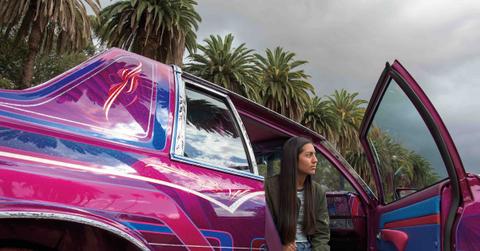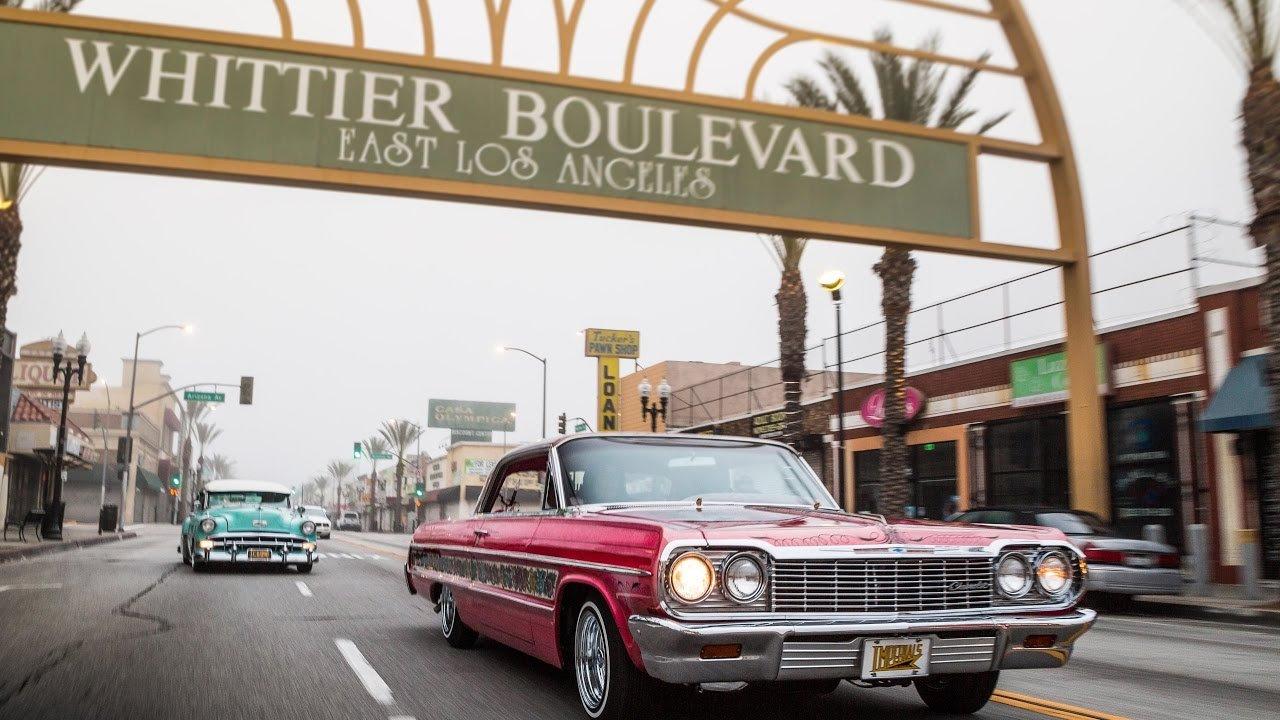
Low and Slow
The Cultural Power of the Lowrider
By Dylan AtilanoJune 30 2025, Published 9:56 a.m. ET

When thinking about works of art, what first comes to mind? Perhaps a painted canvas, a hand-made sculpture, a meticulous drawing, or maybe a huge mural. While all of these are correct, a lowrider might not have been the first thought to pop up. These vehicles were built to cruise down streets as well as being extraordinary art pieces on wheels. The iconic style of the lowrider is typically one adorned with stunning colors, geometric patterns, and religious iconography that offer a reflection of the driver’s identity. Lowriders became a staple in Mexican American and Black communities that developed into a form of cultural expression and empowerment for both groups.
The origin story of lowriders dates back to the post-World War II era of the 1940s. Many Mexican American veterans returned home from the war with a newfound sense of pride for themselves and their culture. However, these veterans were faced with the same segregation and racism they dealt with before the war. Despite serving their country, these Mexican Americans were still treated like second-class citizens. In spite of this, they channeled feelings of cultural pride and identity through customizing cars.
Armed with mechanical knowledge from the war and benefits from the GI Bill, some Mexican American veterans began to purchase and modify used cars. These included the Lincoln Continental, Chevrolet Monte Carlo, and Cadillac Eldorado. By adding lowering blocks, these cars cruised inches off the ground. Additionally, they were adorned with hand-painted details and chrome accents that made the cars pop out. The late 1950s brought the addition of hydraulics that could quickly change the vehicle’s height at the flick of a switch. When combined, these elements created the first blueprints for lowriders.
This was a direct cultural counter-statement to the fast hot rods that were popular with White Americans in the post-war era. Instead of modifying cars for speed, lowriders drove low and slow; they were meant to be seen. They became visual representations of the Mexican American identity and a deliberate rejection of the status quo.
These stunning cars first appeared in West Coast cities like Los Angeles. In the 1970s, East L.A. was one of the few places where lowriders could be seen on the streets. Whittier Boulevard became a hub for these cars to cruise as it cut through the barrios of L.A. Over time, the influence of lowriders began to break through racial boundaries as well.
Lowriders soon became iconic within Black communities in neighboring areas like South Central L.A. They faced parallel struggles to the Mexican American community, like segregation, and began using lowriders as a form of self-expression. They became a mutual language. Black and Brown builders began sharing techniques, borrowing style elements, and even collaborating on paint jobs and hydraulics. While each community had its own style, the crossover was real. Black lowrider crews sometimes adopted Chicano aesthetics, while Mexican American builders integrated sounds and imagery from hip-hop culture.
As the hip-hop and gangsta rap genre gained traction throughout the 1980s and ‘90s, lowriders became an essential component of the music. Artists like Eazy-E painted vivid pictures of cruising in his tricked-out ‘64 Impala. Dr. Dre referenced hitting switches in the song "Let Me Ride,” which called up the image of bouncing hydraulics and street swagger. Lowriders weren’t just in the background; they were central to the look, sound, and storytelling of the L.A. rap scene.
Lowriders transcended racial boundaries by offering a shared mode of expression between Mexican American and Black communities. Born out of similar histories of marginalization, lowriding became a cultural intersection. This was where style, struggle, and pride met on the streets. Through collaboration, mutual respect, and a love for the craft, these cars helped build bridges between communities that mainstream America often tried to keep apart. Today, these tricked-out cars are passed down through generations of families that keep the spirit of cultural pride alive.

